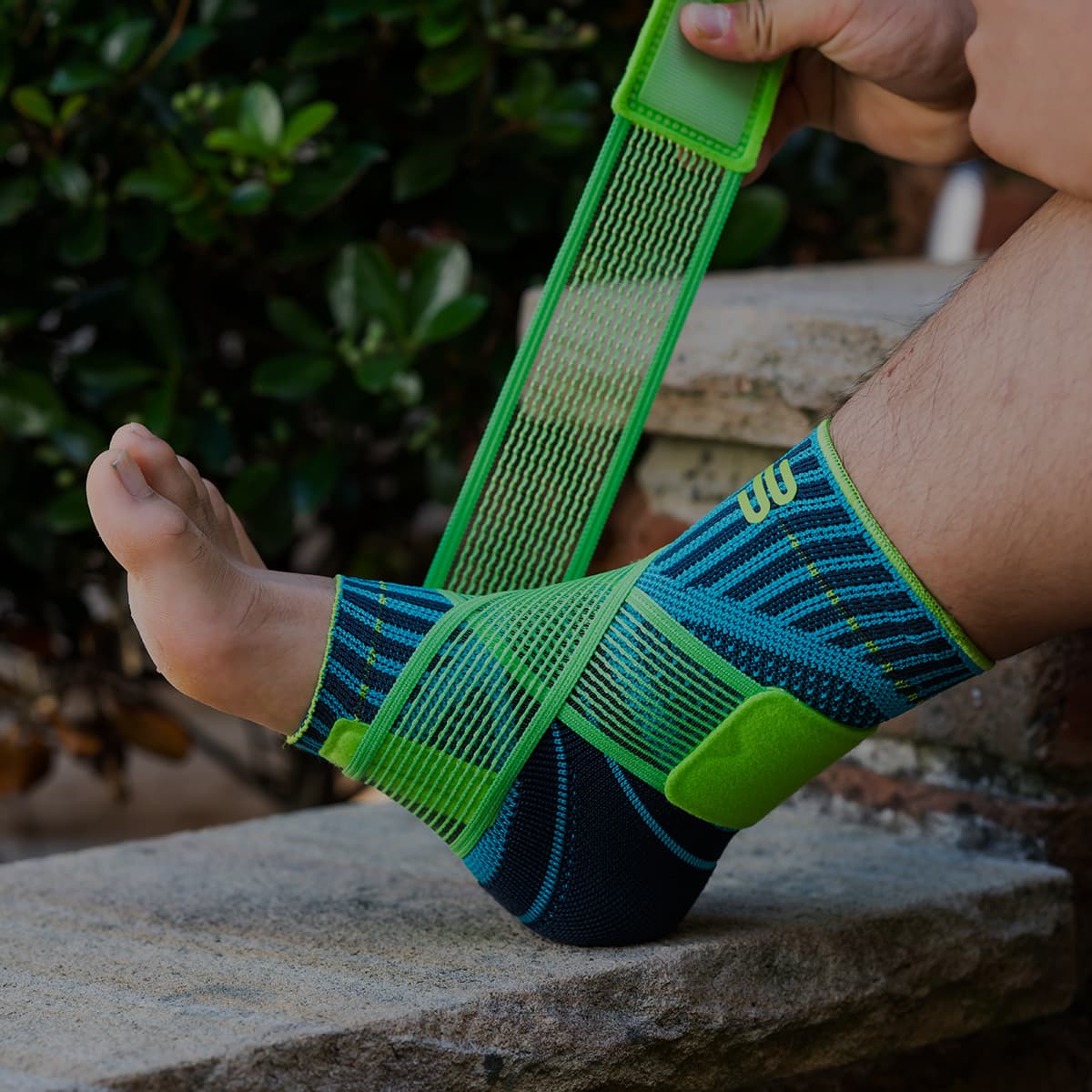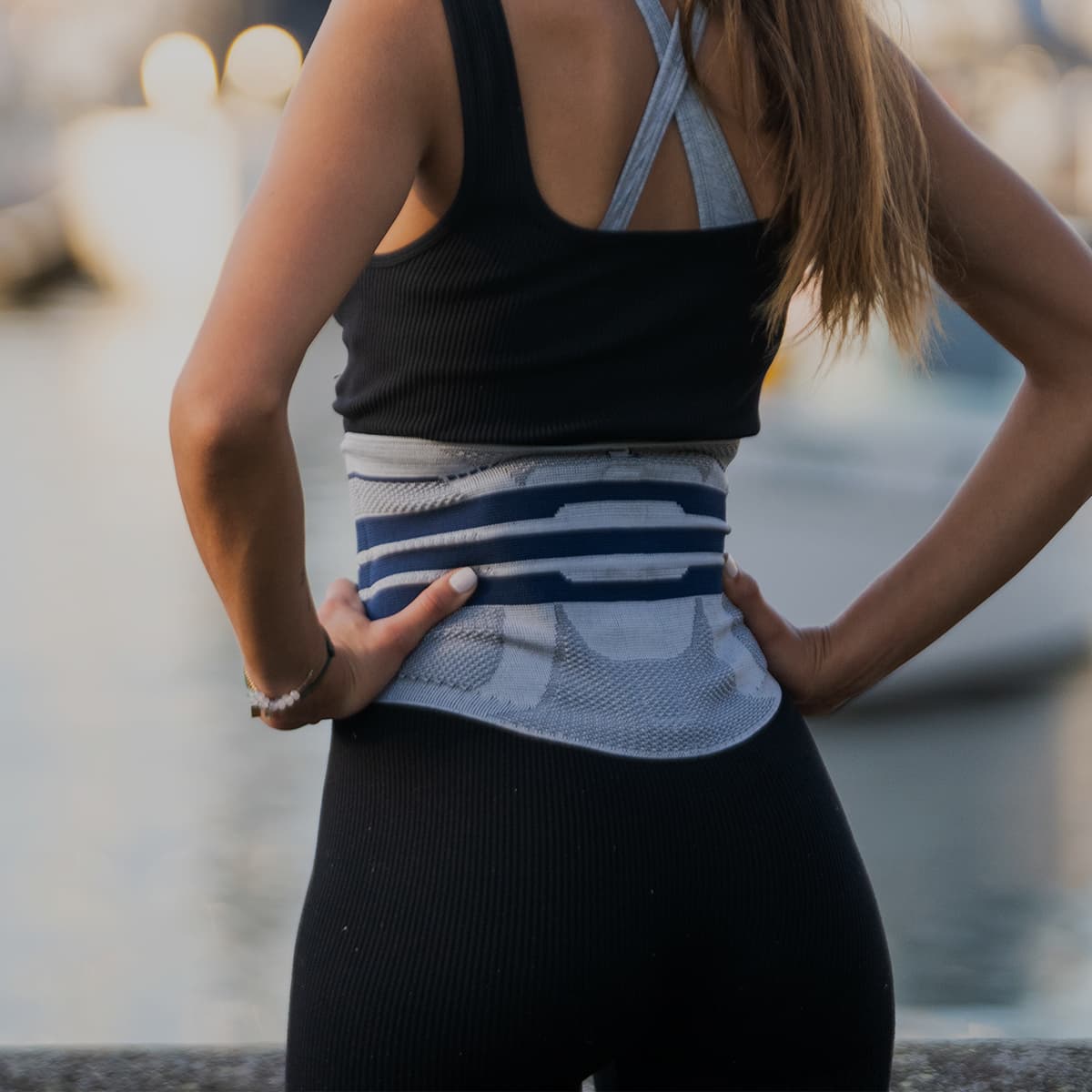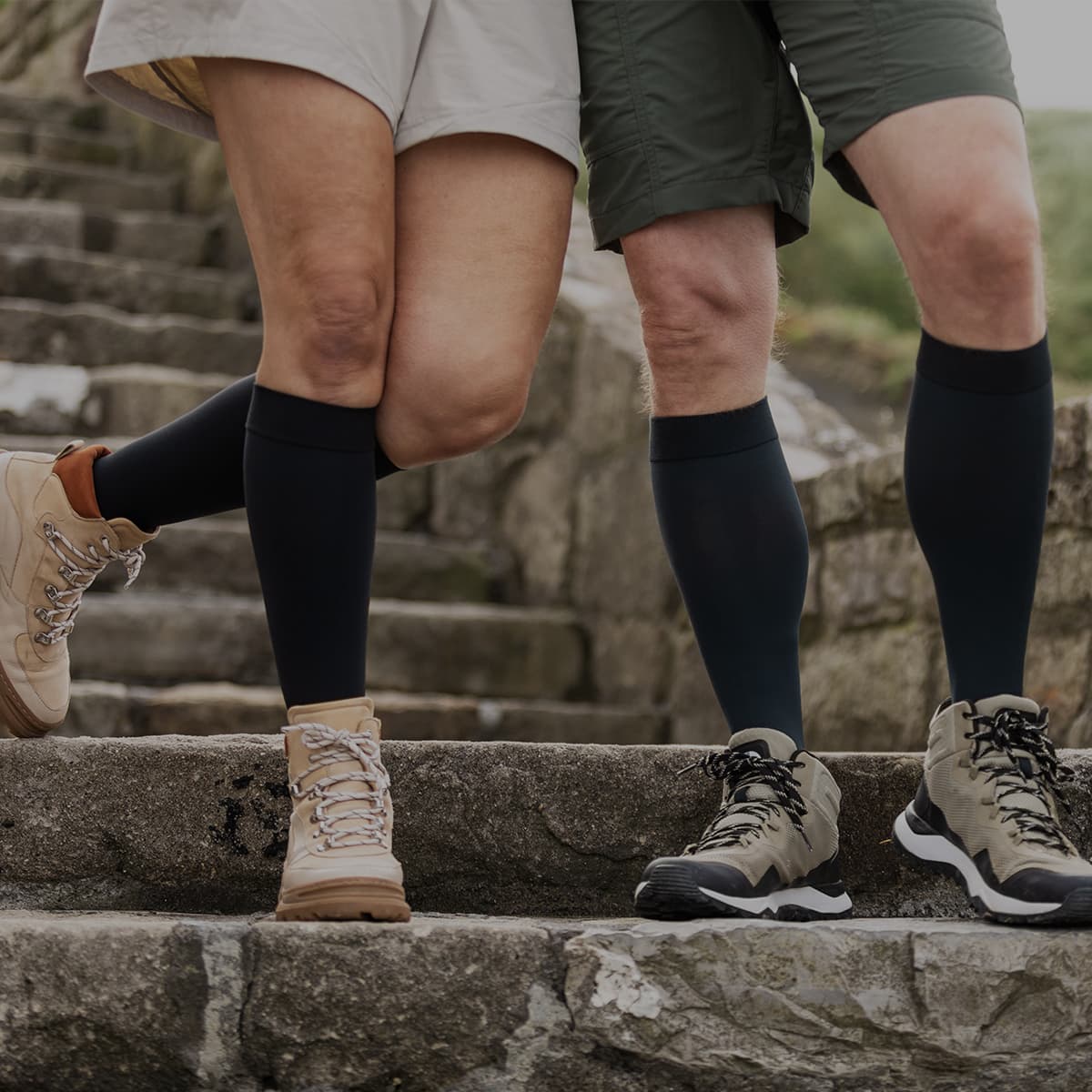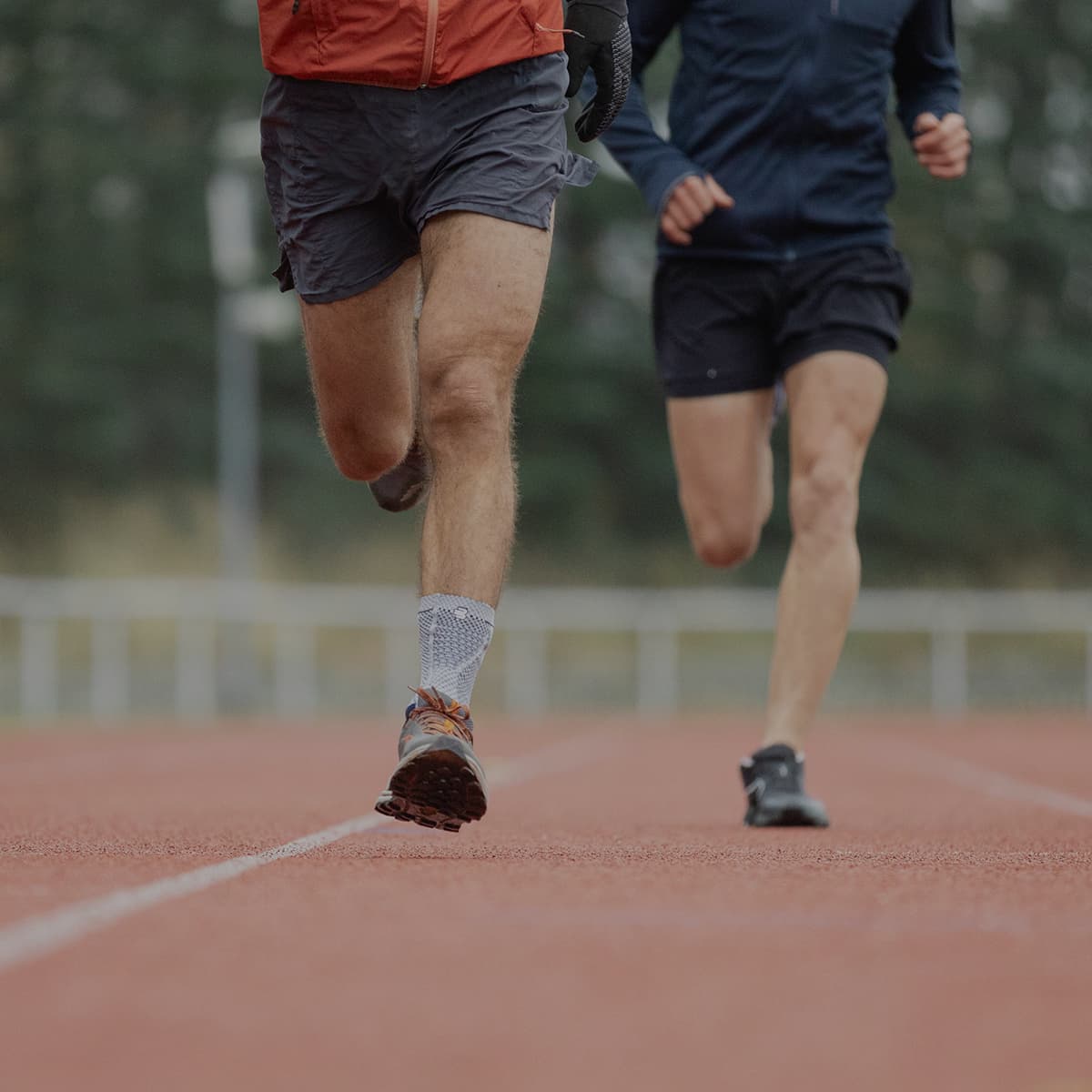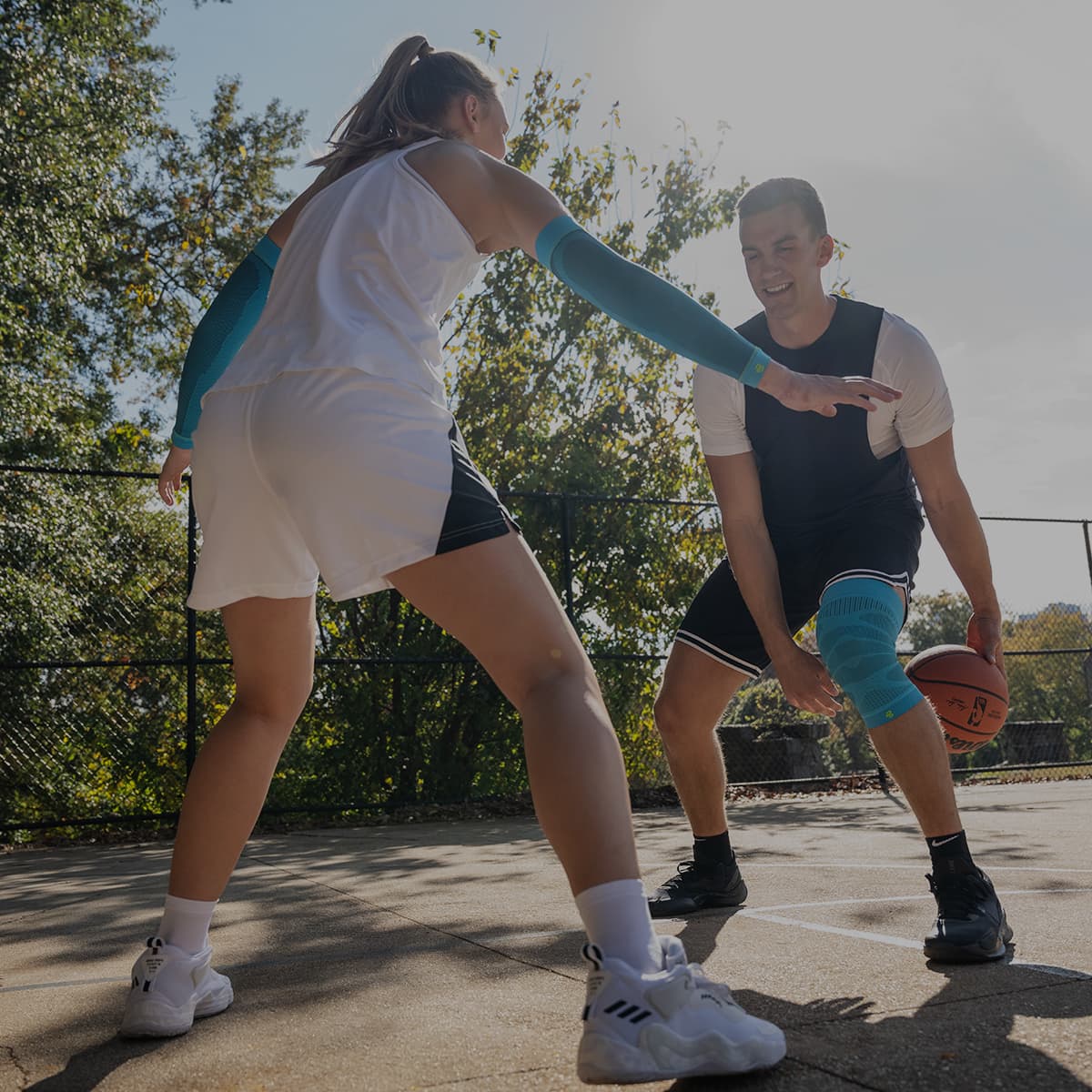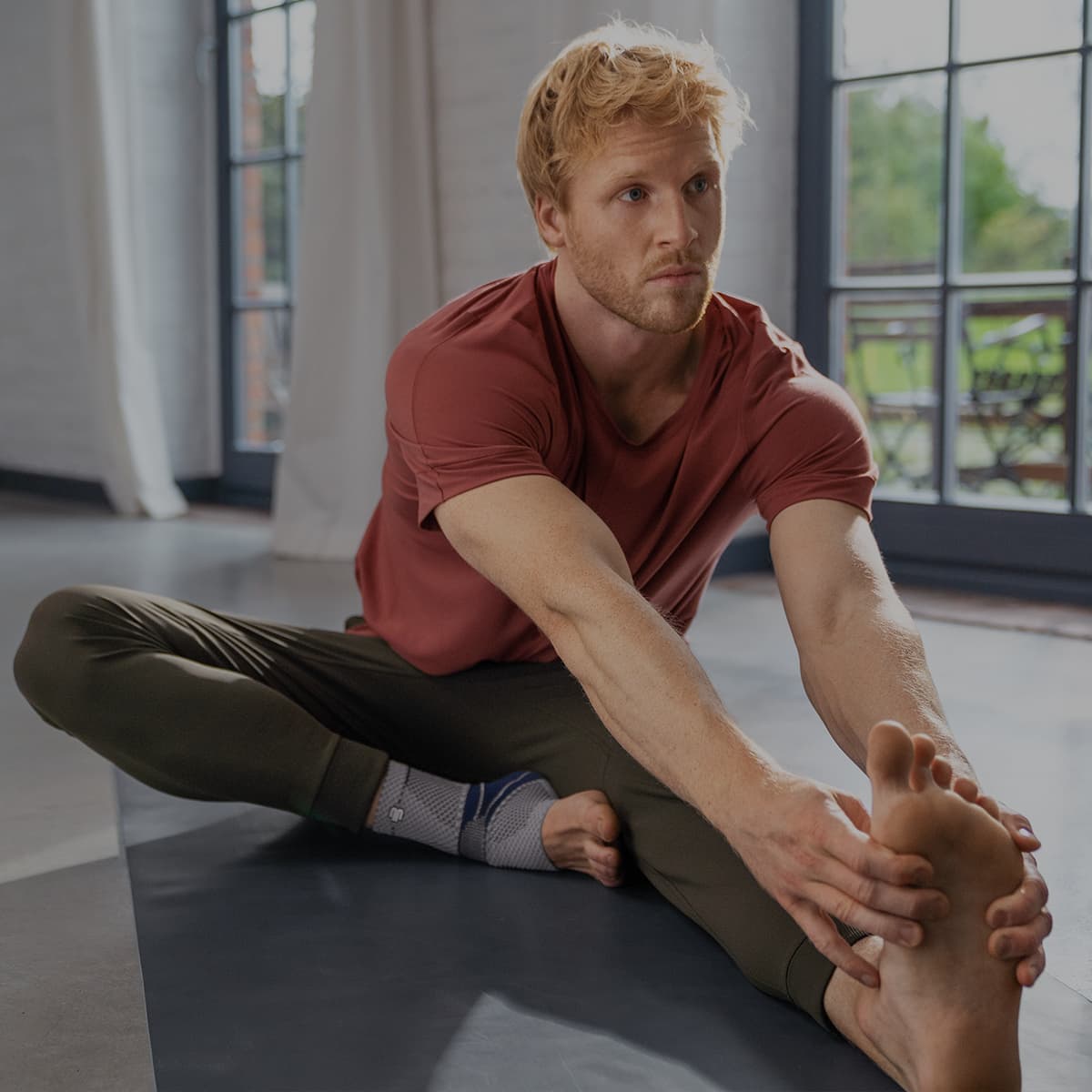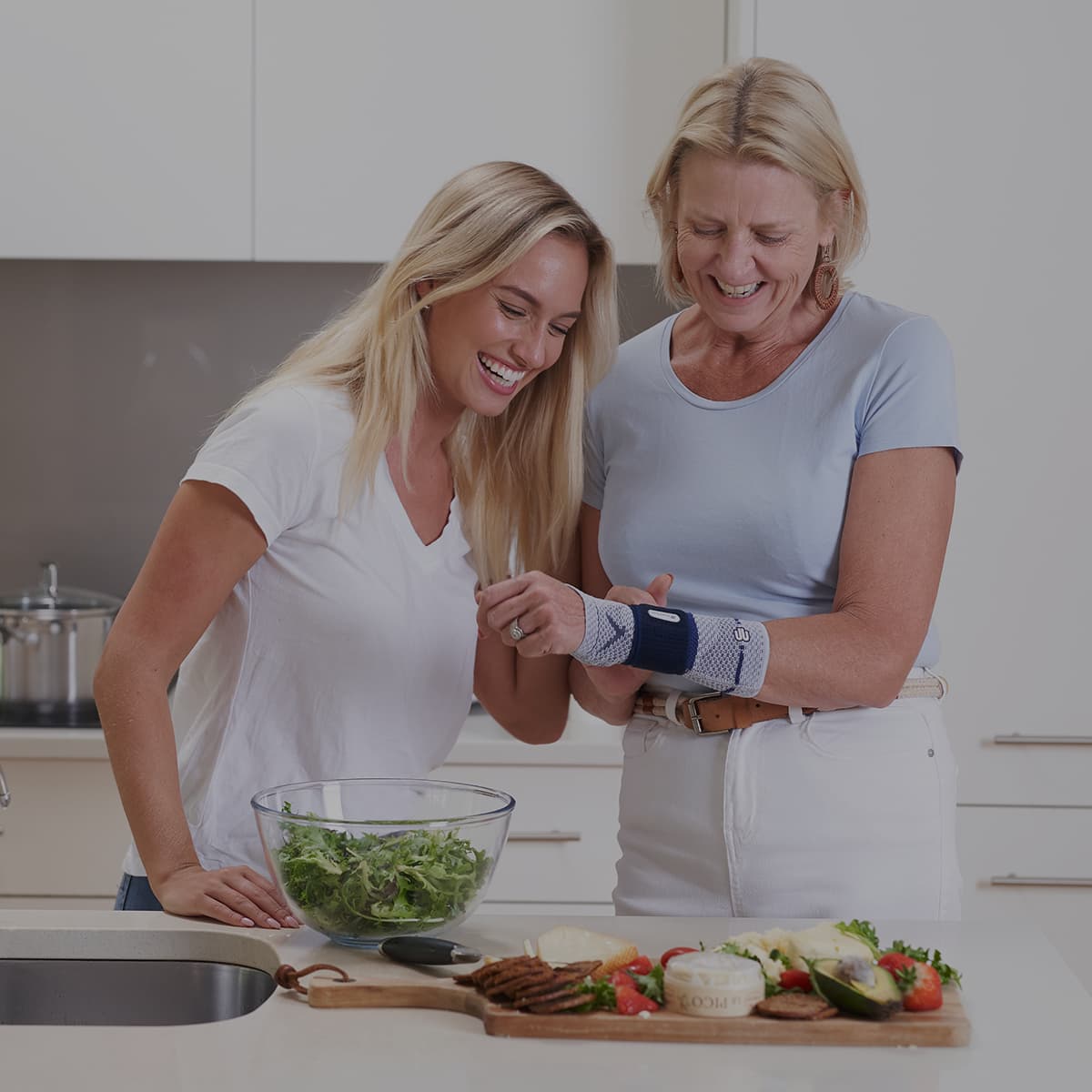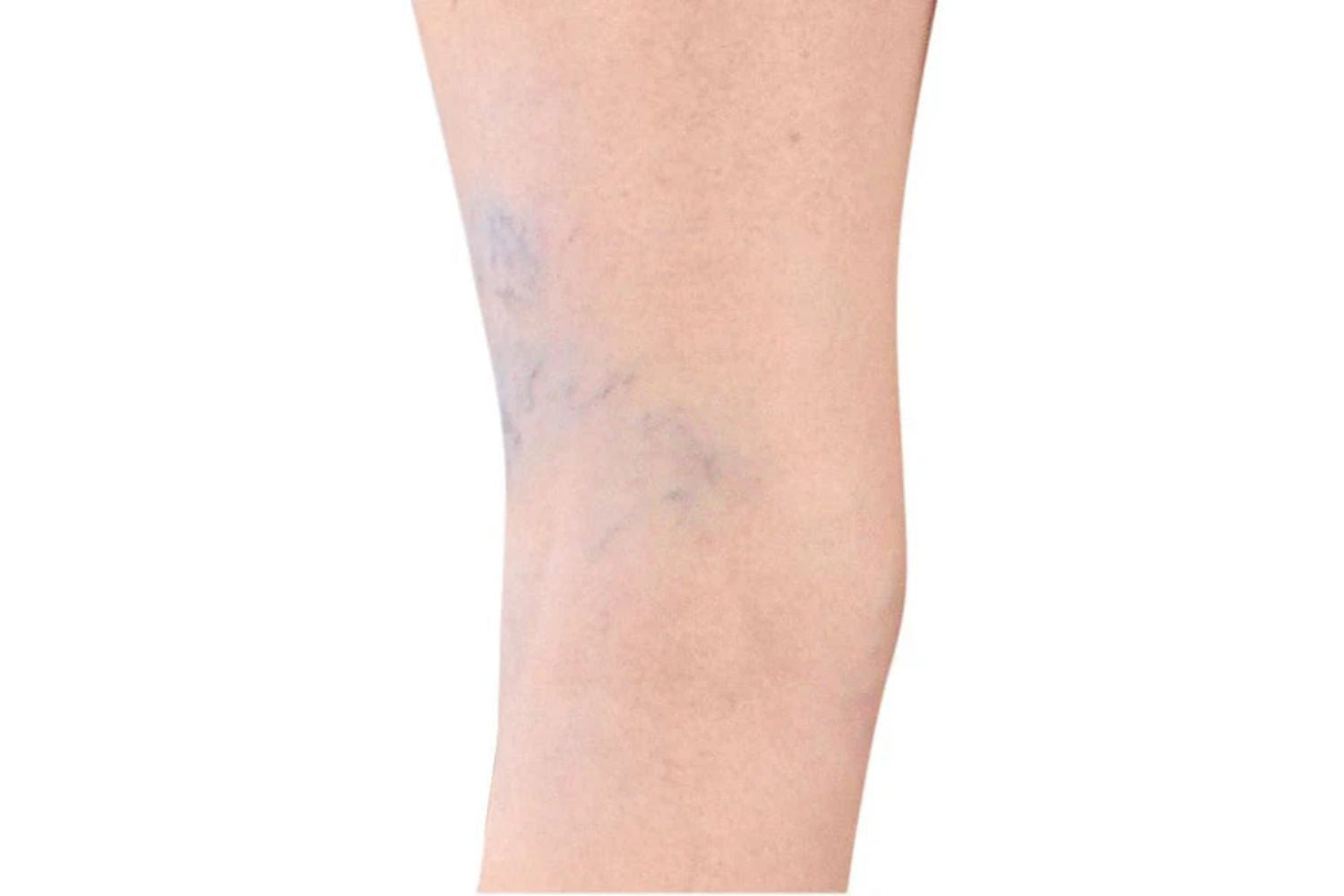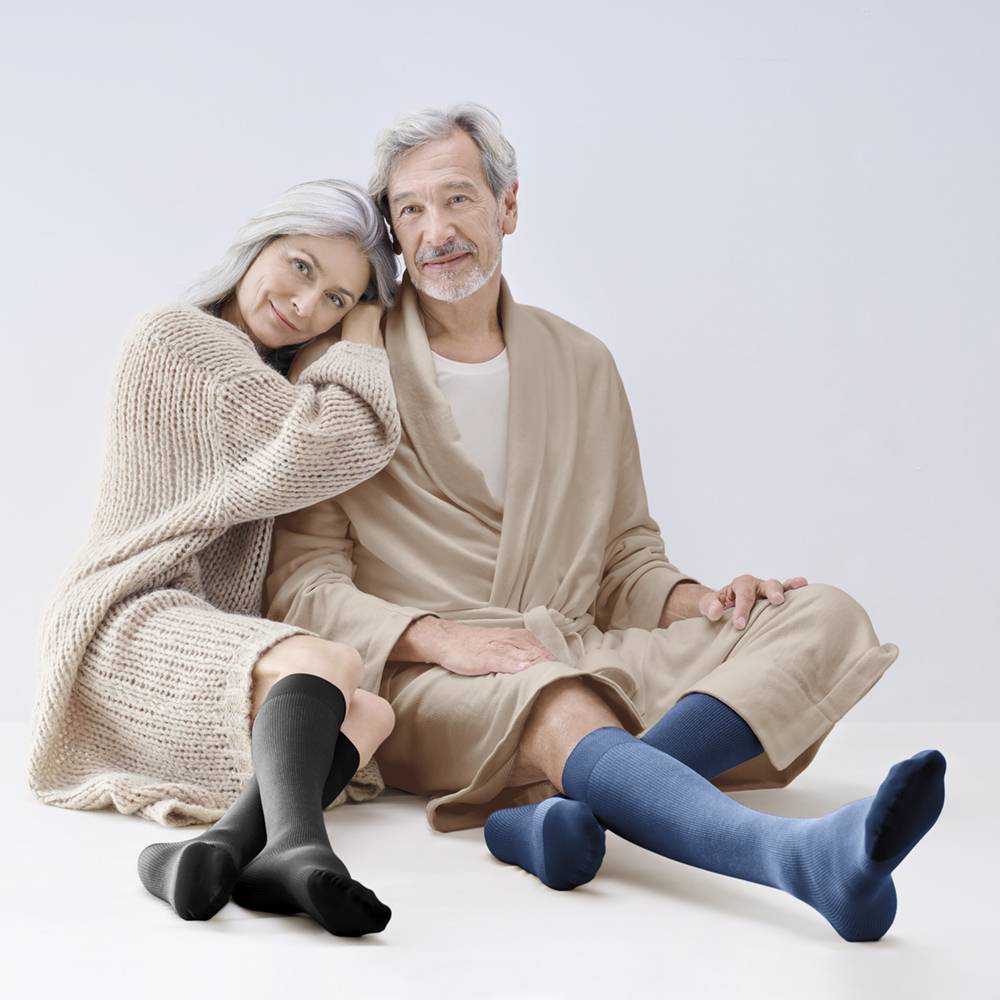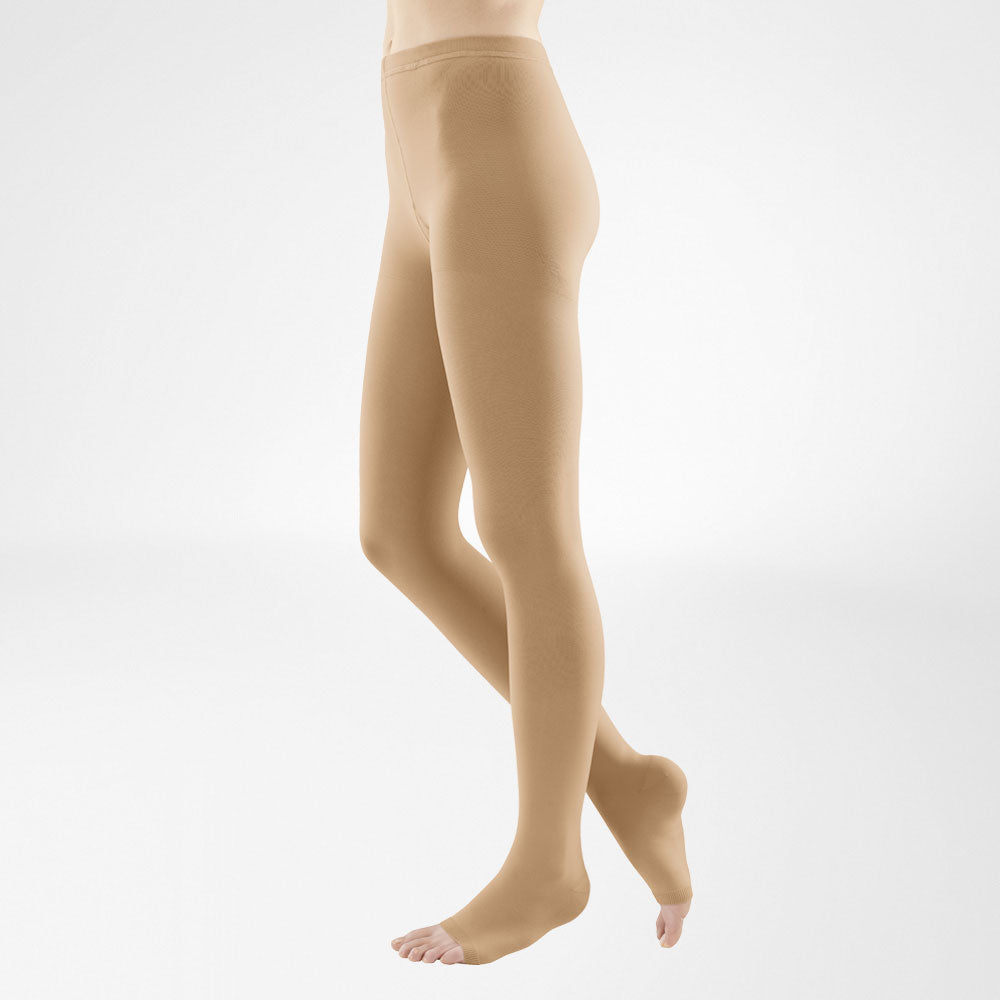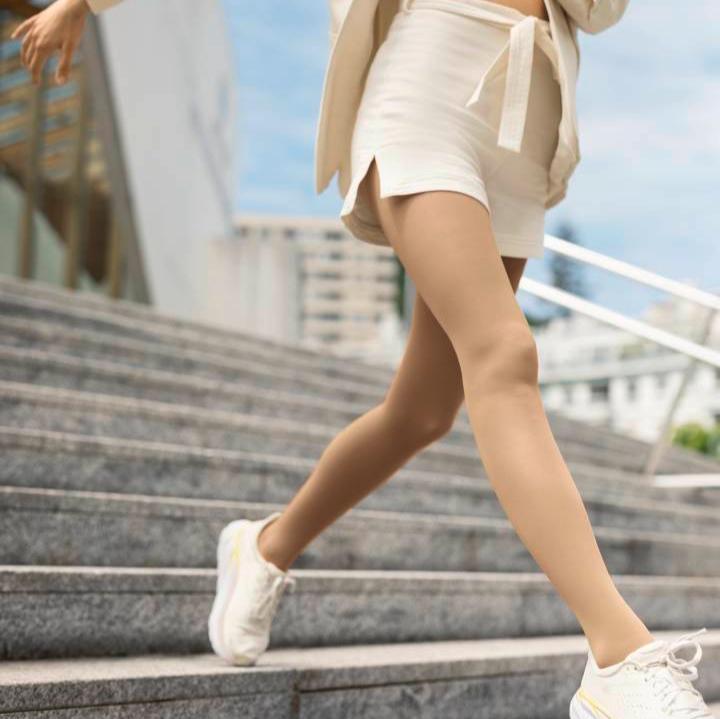Spider veins are red or purple in colour and generally appear on the legs, neck, or behind the knee. They tend to be in web-like clusters and have no symptoms other than their appearance.
Our veins are blood vessels that primarily transfer deoxygenated blood from all parts of the body to the heart. Wear and tear of the connective tissue of the vein walls can lead to degradation in the blood vessels, which results in the blood and fluids surfacing close to the surface of the skin.
Patients suffering from this condition typically develop reticulated lines on the skin. Spider veins are fairly common, and mild cases can be managed effectively.
However, the condition is a sign of underlying weakness in the venous valves. Long-term neglect and degeneration can lead to severe discomfort and restricted limb mobility.
An early diagnosis can be instrumental and is highly recommended for a good prognosis.
Causes of Spider Veins
There are a number of factors that can cause the formation of spider veins. Some of the most commonly known factors include:
- Age and gender tend to be good predictors of the risk of the condition. Women are disproportionately affected compared to men. The reason seems to stem from the difference in the inherent strength of the connective tissue around the venous valves. Older people are more likely to develop spider veins than younger people.
- Inherent and congenial weakness in the connective tissue.
- High blood pressure can overstress the blood vessels, accelerating the wear and tear.
- Lifestyle choices like smoking and alcohol consumption, as well as a general lack of exercise, can increase the likelihood of developing spider veins.
- High-paced work environments with long hours of standing or sedentary work.
- Taking hormonal contraceptives.
- Genetic predispositions and a family history of the condition.
- Being overweight or obese.
- Pregnancy in women can often lead to increased strain on the body that can develop into spider veins.
Spider Veins Symptoms
Spider veins, as such, are harmless. Some of the most commonly known symptoms include:
- Spiderweb-like formations appear in the cluster of tiny blood vessels around the lower half of the body, especially along the thighs and the calves. In some cases, they might appear around the ankles.
- Heaviness of the legs.
- Swelling is a common associated symptom of spider veins.
- Pain and a hot sensation in the affected area.
Even though spider veins are harmless, they can be an indicator of a serious underlying condition.
It can be an early indication of chronic venous insufficiency that results in weak blood vessels. These vessels are then unable to pump blood back to the heart against the pull of gravity.
Diagnosis of Spider Veins
A complete patient history and physical examination allow a professional medical practitioner to detect the risk factors involved and determine the progression of the spider veins.
Sophisticated imaging technology, like ultrasound, can be used to gain valuable information about the progression of the condition and whether there are any associated long-term risks. It can also be used to diagnose early signs of chronic vein wall insufficiency.
Treatment for Spider Veins
Treatment for spider veins is mostly conservative. A physician focuses on relieving the patient's symptoms and taking measures to slow down or halt the progression of the disease to prevent long-term degeneration. Some of the most effective measures include:
Changes in Lifestyle
It is highly recommended that patients consider weight loss. Reducing overall body weight and fighting obesity can reduce the stress on the lower legs and thus relieve the blood vessels.
Making sure to take enough breaks and to stretch between long hours of standing. This can help stretch the muscles and provide some relief from daily stress.
Using stairs whenever possible can be a small daily lifestyle change that can help train the leg muscles for those with a busy work life.
Rehabilitation and Physiotherapy
Regulated physiotherapy helps with targeted muscle training and is a proven effective treatment path.
The exercises can help promote the reorganisation of the muscles and are one of the most effective treatment options.
A strong calf muscle helps reinforce the lower legs and supports the return of blood towards the heart against the pull of gravity.
Regular exercises, yoga, jogging and walking should be incorporated into daily life.
Prescribed Painkillers
Anti-inflammatory medication can be recommended in cases of leg inflammation. If a patient experiences pain, medication like Ibuprofen and Panadol can be used to manage symptoms effectively. Painkillers only temporarily treat the pain without addressing the underlying condition. In addition, tolerance may occur, where the effectiveness of the drugs decreases, as well as other potential side effects.
Lymphatic Drainage Massage
Lymphatic drainage massage should stimulate the surrounding area and naturally encourage the drainage of lymph fluid to alleviate symptoms. In chronic cases, more invasive methods of lymph drainage might be necessary.
Compression Therapy
Compression therapy is the gentle application of pressure on the affected area using a medical compression bandage.
The VenoTrain compression stockings;can significantly improve a patient’s quality of life.
Regular use of compression stockings is instrumental in preventing the progression of spider veins.
The medical-grade compression helps encourage the flow of lymph fluid out of the affected legs, reducing swelling. It also adds pressure to aid in normal blood flow.
Surgical Intervention
Some patients may choose to have spider veins treated surgically. This is completely optional since there are no significant reasons to warrant surgery.
An avascular surgeon can perform laser treatment that helps vein walls stick together, also called sclerotherapy.
This can also be achieved using a chemical agent, which helps strengthen the compromised venous valve walls.
Compression Stockings: Spider Veins Prevention
VanoTrain Micro Compression Stockings
Compression stockings like the VenoTrain Cocoon, VenoTrain Micro and the VenoTrain Business can be instrumental in the prevention and treatment of spider veins.
The stockings exert medical-grade compression on the limbs and encourage the drainage of fluid and blood.
The fine-mesh knitted fabric provides support and stability to the affected region and reduces the risk of vein sagging. The pressure also supports the flow of blood against the pull of gravity. This prevents the build-up of fluid and can relieve the feeling of heaviness in the feet for most patients.
The VenoTrain Business is specially designed for professionals who predominantly stand or spend long hours of the day in sedentary work.
The garment gently massages the legs during movement and features a special cotton-based material that optimally regulates heat and provides relief to the veins.
Both compression socks have an elegant rib look and are available in a variety of colours, making them perfect for everyday use.


